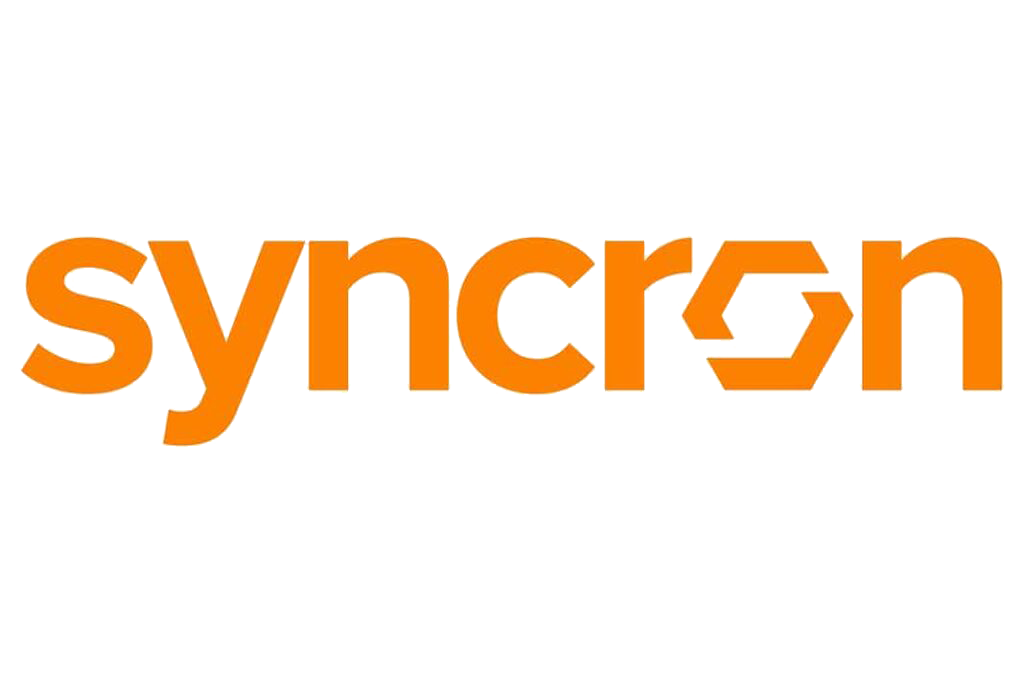The challenges of identifying, onboarding, and keeping talented employees should be no surprise in the post-pandemic era, where news of trends like the Great Resignation is widespread.
IDC recently reported that across Europe, nearly a third of employees are actively seeking alternate employment — or looking to start their own business, find a different career, pursue gig work, or simply retire altogether.
Service organizations across the globe are certainly not immune from these trends. In fact, my recent trip to the UK to attend Field Service News Live 2022 earlier this month shed some light on just how challenging it can be to keep field service technicians happy, engaged, and employed.
At the conference, a service leader mentioned that his organization is spending three to four times more on hiring and onboarding technicians. They had just hired two people in their mid-20s, offering them salaries higher than most of their senior-level technicians just to ensure they are engaged and focused.
Sound familiar? It’s a difficult time that we’ve seen on the horizon for the past five to six years, and COVID seems to have accelerated its arrival. Fortunately, there are solid strategies to help with technician enablement that don’t involve unsustainable compensation packages.
The Path to Success for Service Organizations: From Customers to Equipment to Employees
For years, service organizations focused on customer-centricity, placing the customer at the center of every strategy and touchpoint. The rationale behind this trend is that ensuring customer satisfaction is key to a profitable relationship. Eventually, that focus shifted to an equipment-centric approach as service organizations realized that their profitability and customer satisfaction were closely aligned to ensuring complex assets in the field were reliable and operational when people needed to use them.
And yet, both customer-centricity and equipment-centricity seem to have fallen short in the aftermarket service industry. After all, you can’t keep customers happy and equipment running if you don’t have the techs to do the work. Additionally, customers are more apt to view field service technicians as trusted advisors than a salesperson showcasing the latest product, which places the tech solidly in position as the face of your organization. The C-suite has evolved, too, from thinking of the service organization as a cost center to understanding its true role in ensuring stability, creating a better customer and brand experience, and increasing profitability.
And that brings us full circle to the mad scramble currently taking place in the industry to find better ways to ensure technicians are happy and satisfied. How do you create a human-centric service organization that acts as the lynchpin for your success?
When Tactics Become Strategy: Empowering Technician Satisfaction With the Right Tools
It may seem incongruous to talk about achieving big organizational goals like becoming a human-centric service organization by leading a discussion around tools for your technicians. However, the right tools lead to happy techs, which create satisfied customers, a better brand experience, and ultimately aftermarket profitability.
Consider this scenario. I spoke to a leader at a medical device company who said roughly 80% of the time when a field technician gets stuck at a certain point in their troubleshooting process, they’re not using a tool like a mobile app or knowledge base to help resolve their problem. Instead, they’re waiting for a call back from a more experienced tech who may have solved the problem in the past.
In the meantime, the customer is asking why the resolution is taking so long, and the tech’s confidence and job satisfaction plummet. Rinse and repeat in an environment where they have a variety of career opportunities and other companies calling with employment offers, it’s easy to lose that tech — and the goodwill and trust they’ve built with the client.
However, a tech with the right tools in place would be more likely to solve the issue on their own the first time, keep the customer satisfied, and increase job satisfaction.
Newly enhanced solutions like our newly enhanced Parts Catalog and Service Knowledge help empower technicians to do their jobs better. Syncron Parts Catalog enhances troubleshooting by providing a visual, interactive view of an exploded assembly and associates relevant knowledge materials. Parts ordering becomes streamlined with intelligent recommendations that align with inventory planning strategies. Syncron Service Knowledge accelerates and simplifies service delivery with one solution to troubleshoot, search, and order service parts. Intuitive search capabilities through interactive visual representation of assets in the field improve productivity and first-time fix rates while reducing service costs.
Your ability to service clients is how you differentiate your offerings, and your techs are the key to delivering that service. The right tools will empower those techs, speed up their training, reduce the costs associated with attrition, and help you avoid the types of disruption that unravel so many service organizations.
About the Author
 Sarang Sambare is the Senior Director of Industry Solutions at Syncron. His background in global sales and strategy includes leadership roles in the service supply chain and field service management sectors. Sarang spent the last 16 years guiding OEMs through their digital transformation journey and developing differentiated service delivery models.
Sarang Sambare is the Senior Director of Industry Solutions at Syncron. His background in global sales and strategy includes leadership roles in the service supply chain and field service management sectors. Sarang spent the last 16 years guiding OEMs through their digital transformation journey and developing differentiated service delivery models.















